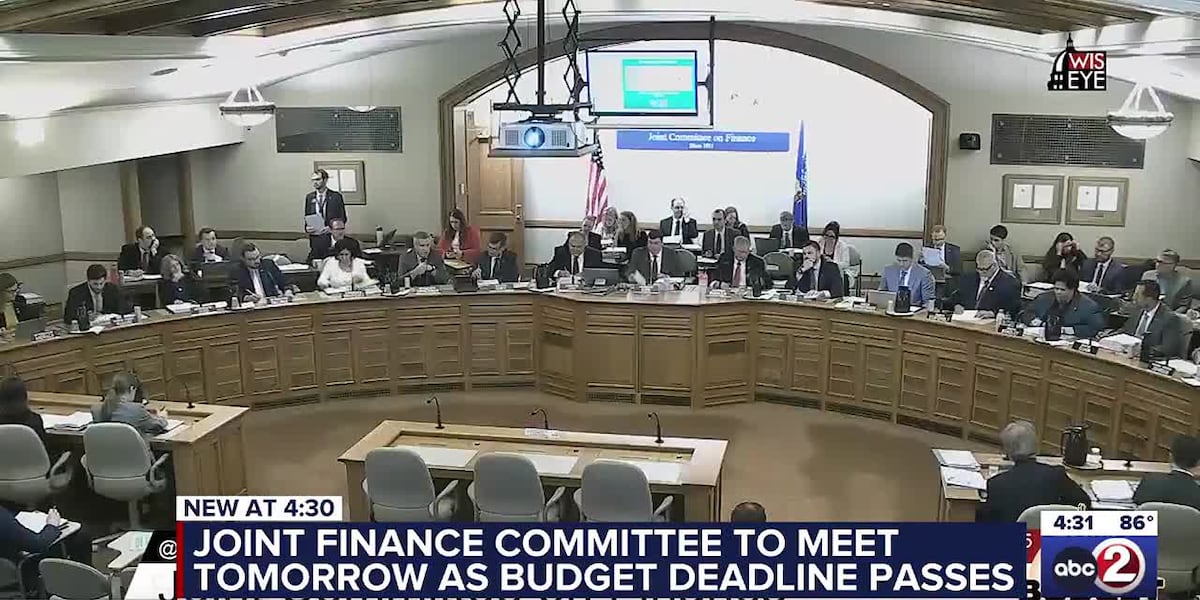India Signals Readiness for US Trade Deal – But Agricultural Demands Remain a Sticking Point

The push for a trade deal between India and the US has been a long-standing objective for both governments. Previous attempts have faltered due to disagreements over market access and regulatory standards. Sitharaman's comments, made recently, highlight India's commitment to pursuing an agreement while simultaneously safeguarding its domestic interests, particularly within the agricultural sector.
Agricultural Concerns at the Forefront
The core of the disagreement revolves around US demands for greater access to the Indian market for agricultural products, including dairy and poultry. India has consistently resisted these demands, citing concerns about the potential impact on local farmers and the livelihoods of millions. The Indian agricultural sector is vast and diverse, with a significant proportion of smallholder farmers who are highly vulnerable to competition from larger, more subsidized US producers.
Furthermore, the issue of GM crops adds another layer of complexity. India has a cautious approach to GM crop cultivation and imports, with stringent regulations in place. The US, a major producer and exporter of GM crops, has repeatedly pressed India to ease these restrictions, arguing that they hinder trade and innovation. Sitharaman's assertion that GM crops are a 'red line' suggests that India is unwilling to compromise on this point.
Beyond Agriculture: Potential Areas of Agreement
While agriculture presents a significant hurdle, there are other areas where a trade deal could yield substantial benefits for both countries. These include services, digital trade, and intellectual property protection. India's burgeoning IT sector could benefit from greater access to the US market, while US companies could gain from India's growing consumer base. Discussions around data localization and digital privacy are also expected to be key components of the negotiations.
The Path Forward
Negotiations are expected to continue in the coming months, with both sides attempting to find common ground. The US Presidential election in November 2024 adds another layer of uncertainty, as a change in administration could potentially alter the US negotiating stance. However, the economic benefits of a trade deal are significant, and both countries have a vested interest in reaching an agreement. The key will be finding a balance that addresses US concerns about market access while protecting India's vital agricultural sector and allowing it to pursue its own development priorities.
Sitharaman’s firm stance underscores India’s resolve to secure a deal that is truly beneficial to its economy and its people, and not at the expense of its farmers and its regulatory framework.





